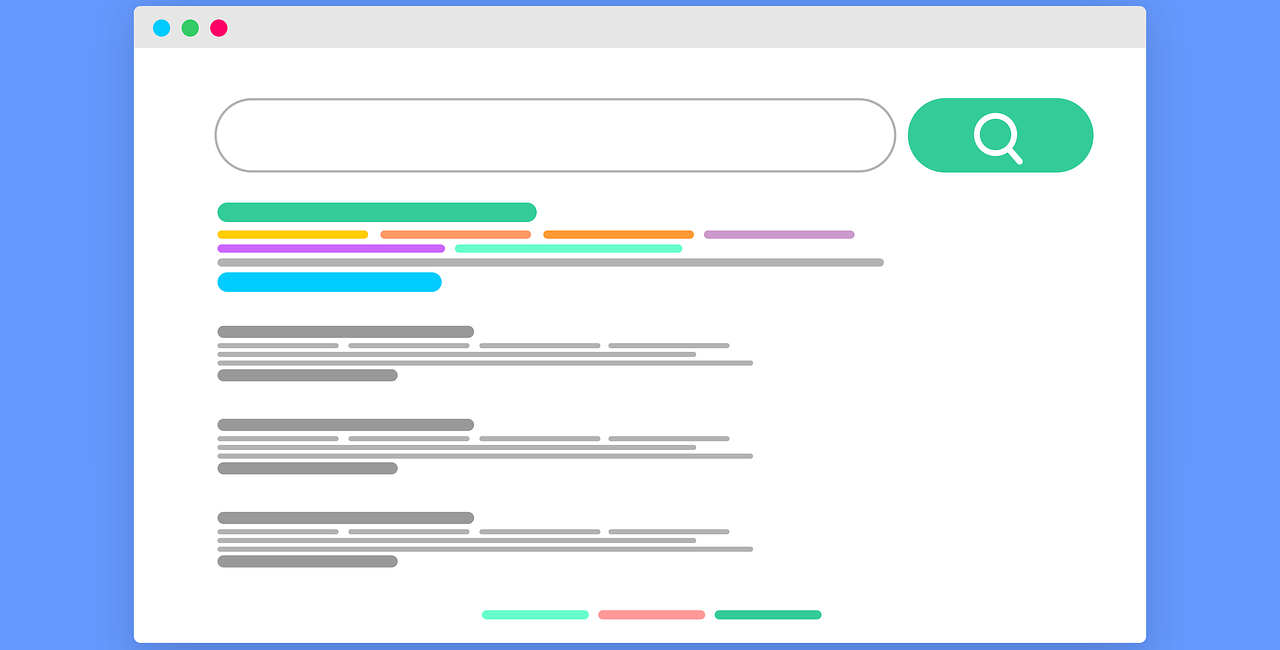
Core Web Vitals are designed to provide a better web experience by encouraging website owners to focus on performance, loading, interactivity, and visual stability. They make it easier for website owners and developers to understand and improve the user experience on their websites. This is important because, as confirmed by Google, page experience is a factor in search rankings.
Core Web Vitals can impact your website’s organic visibility based on how much users enjoy interacting with a website beyond its informational value. These benchmarks are LCP, CLS and FID, which are described below.
1. Largest Contentful Paint (LCP)
Largest Contentful Paint (LCP) is a key web vital metric that measures the loading performance of a website. It focuses primarily on the perceived loading speed of the largest content element visible in the user’s viewport.
2. Cumulative layout shift (CLS)
Cumulative Layout Shift (CLS) measures the visual stability of a webpage as it loads. It considers the unexpected layout shifts that can occur when elements on a page change position after they have been rendered.
3. First input delay (FID)
First Input Delay (FID) measures the responsiveness of a website. It focuses primarily on the delay between the user’s action and the browser’s response to that action. In other words, FID quantifies the time it takes for a website to respond to the first user interaction, such as clicking a link or tapping a button.
Why Core Web Vitals Matter for Small Business SEO?
Websites that reach a certain threshold in the Cover Web Vitals metrics offer a better user experience and can be favored in search results. This makes sticking to these metrics more important than ever — especially for small businesses. They need to be aware of the importance of Core Web Vitals as it has a direct impact on how users perceive and interact with a website and can affect bounce rate, time spent on site, and ultimately conversion rates.
Effects on the Conversation Rate
Websites that load quickly and are responsive provide a better user experience, so users are more likely to engage with the website and explore it further, which can lead to higher conversion rates.
High Organic Visibility
Google has emphasized the importance of user experience as a ranking factor. Websites that perform well in terms of Core Web Vitals are more likely to rank higher in search engine results pages (SERPs), especially in mobile search results where usability is given a high priority.
Competitive Advantage
As a small business, you can set yourself apart from your competitors by having a website that loads quickly and provides a smooth user experience. This can lead to high user satisfaction, positive reviews and repeat visitors.
Low Bounce Rate
By improving the Core Web Vitals Score, small businesses can lower the bounce rate and retain visitors longer, increasing the likelihood of conversion.
For small business owners, prioritizing Core Web Vitals as part of your SEO strategy can have a positive long-term impact on the organic visibility and success of small businesses by enhancing user experience, improving search engine rankings, and ultimately driving more traffic and conversions.